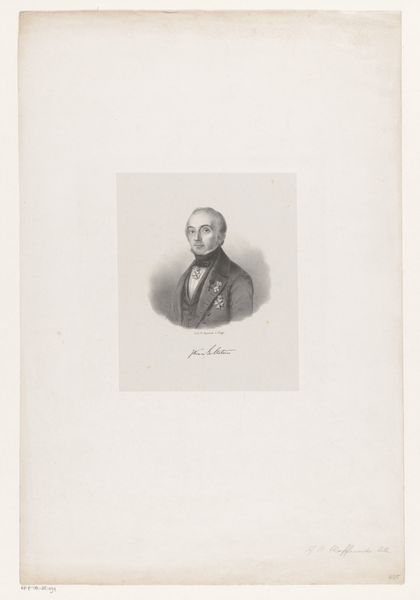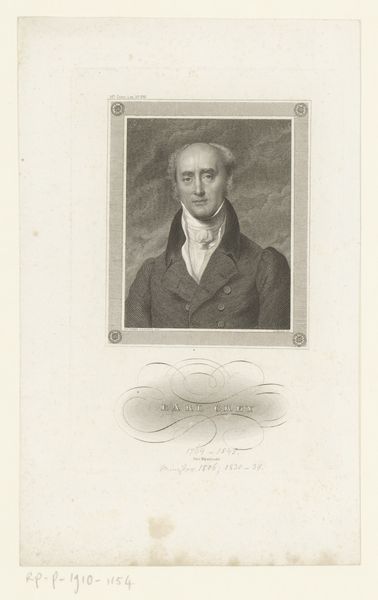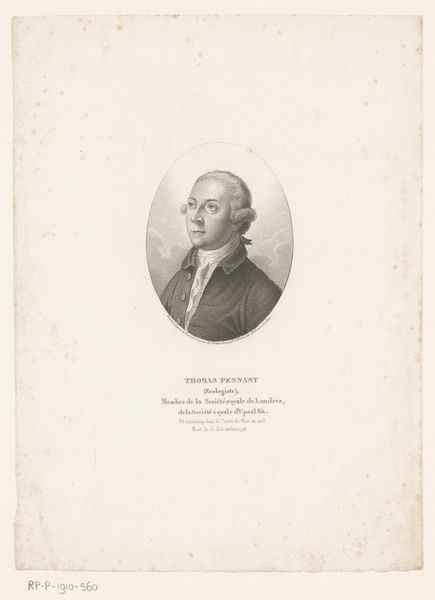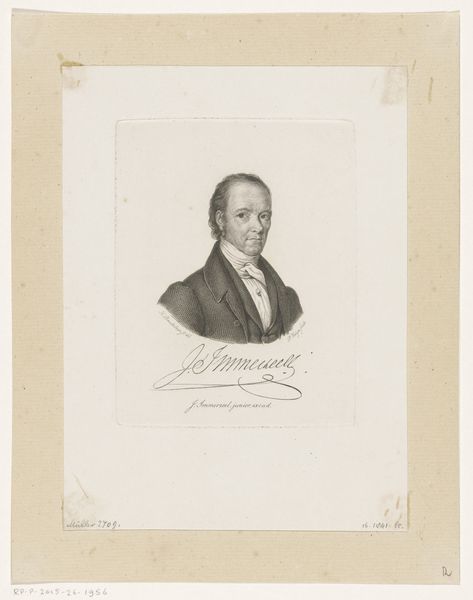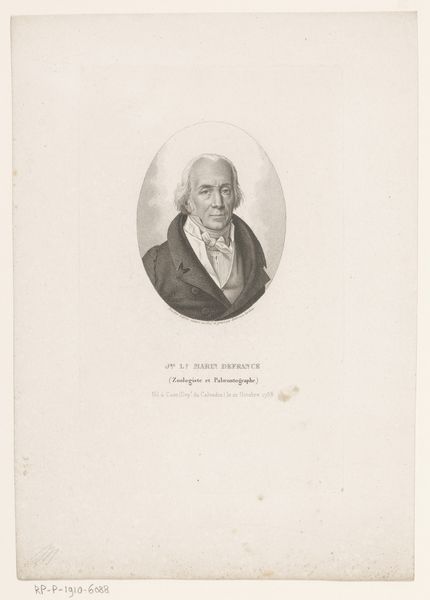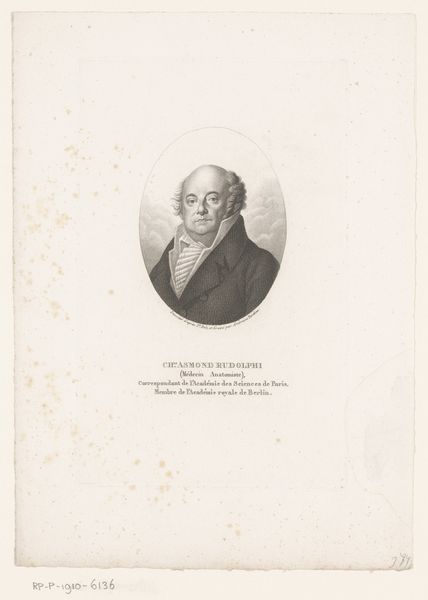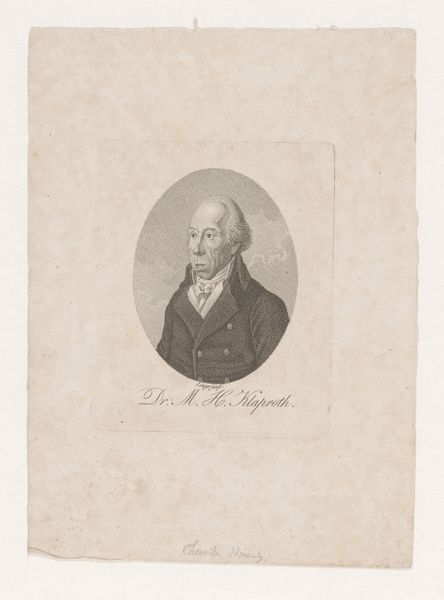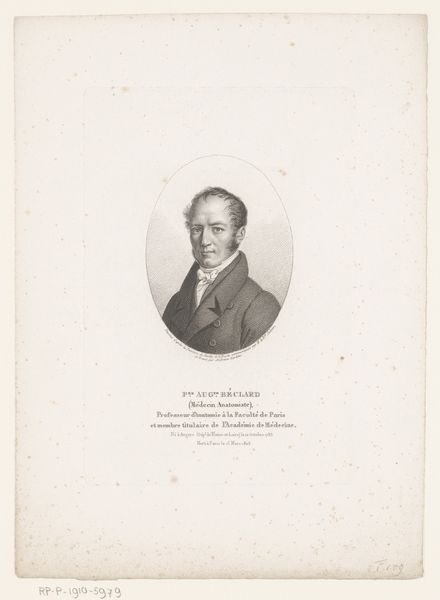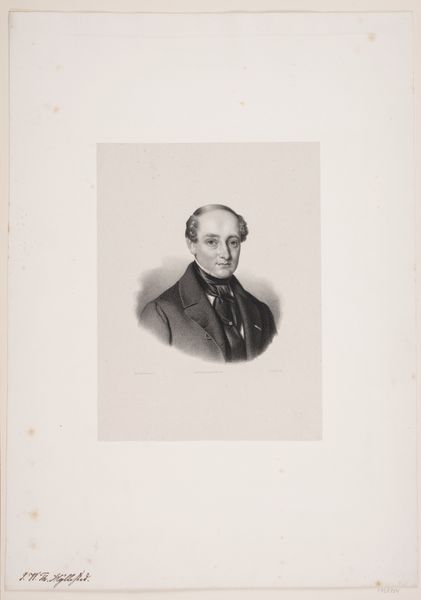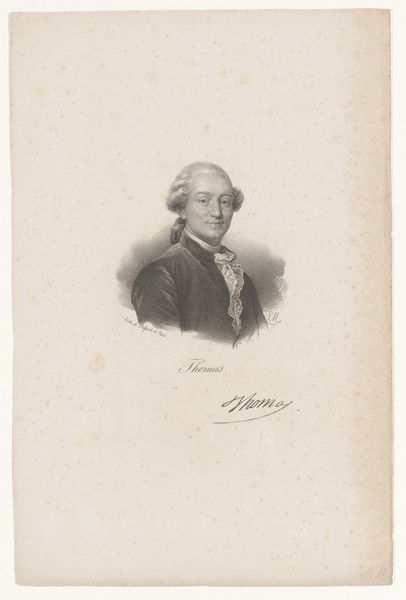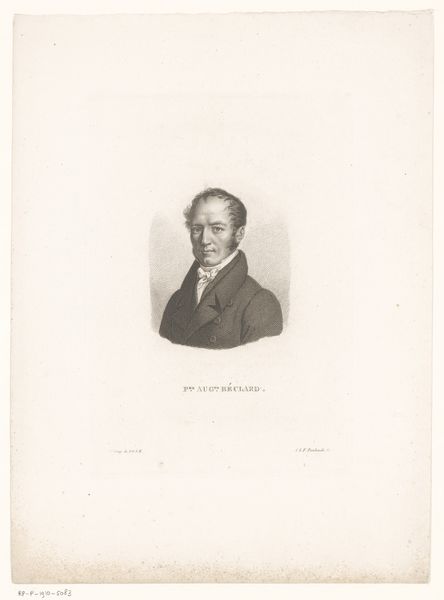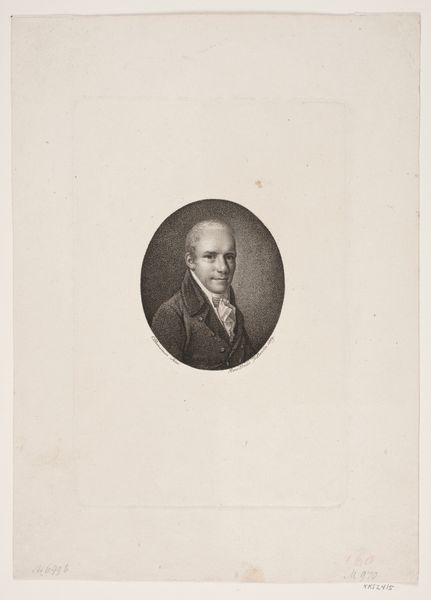
print, engraving
#
portrait
#
neoclacissism
# print
#
old engraving style
#
engraving
Dimensions: height 442 mm, width 302 mm
Copyright: Rijks Museum: Open Domain
Editor: So, this is "Portrait of Thomas Lawrence," a print from around 1835-1844 by William Giller. It's a pretty straightforward portrait in the neoclassical style, and I can't help but wonder about the process. What details stand out to you when you look at this print? Curator: What intrigues me is how this print participates in the economy of image-making at the time. Think about the division of labor inherent in creating such an image: the original artist, then the engraver meticulously translating paint strokes into lines on a metal plate. We often celebrate the painter, Lawrence, but what about the skilled artisan, Giller, who makes the image reproducible, accessible? Editor: That's a really interesting point. I hadn't considered the printmaking process as a form of labor and a way to disseminate art to a wider audience. Curator: Precisely. The use of engraving facilitated mass production and consumption of images, democratizing art in a way. Instead of one original painting available to an elite patron, there are numerous prints circulating, shaping public perception of Lawrence and his work. What kind of paper was used, and who produced it? Where was it printed and distributed? All this contributed to constructing Lawrence's fame. Editor: So, it's not just about the artistic skill but the entire material and social context of its creation. How did the production and consumption of prints affect the art market at that time? Curator: It blurred the lines between "high art" and popular culture, creating a new visual economy where portraits like these became commodities. We have to consider what impact mechanical reproduction had on the aura and status of art, and who was benefiting from it beyond the named artist. Editor: This definitely gives me a whole new perspective on prints from this period. It’s not just about the image, but also about the materials and the system of production. Thanks for pointing that out. Curator: My pleasure! It's about shifting our gaze from the genius of the artist to the means and materials that underpin their fame and influence.
Comments
No comments
Be the first to comment and join the conversation on the ultimate creative platform.
